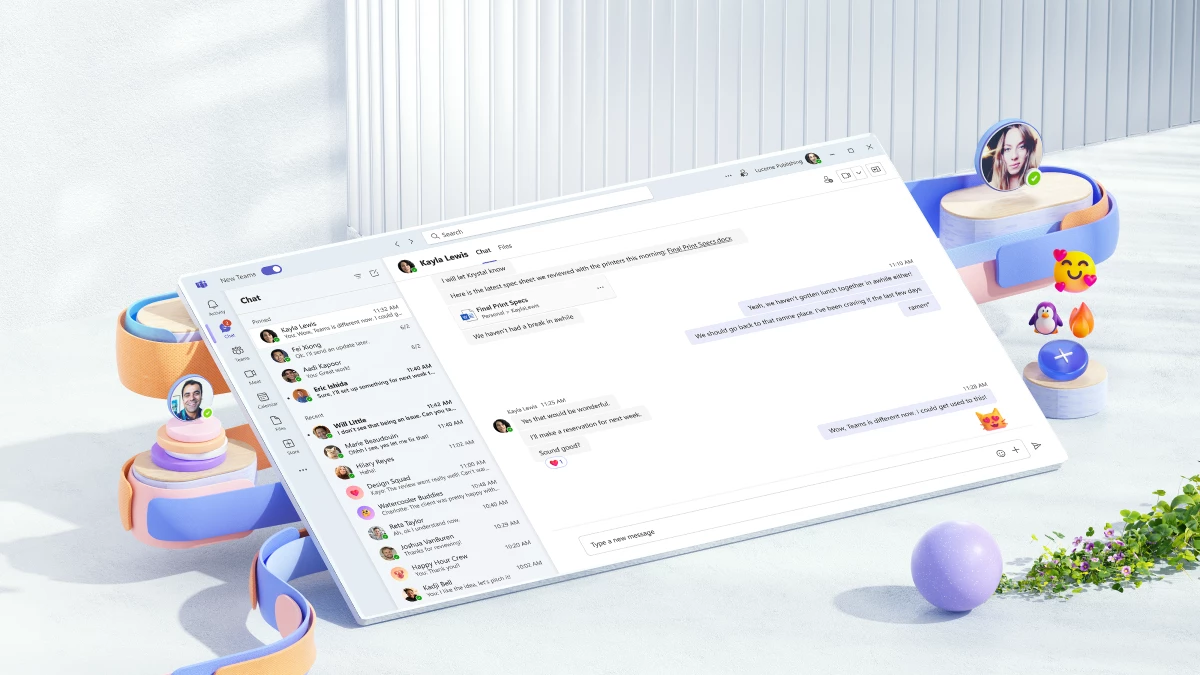
Introduction to New Microsoft Teams
Microsoft Teams is a powerful collaboration and communication platform that has undergone continuous development and improvement to meet the evolving needs of modern businesses and organizations. The Microsoft Teams new update, as of my last knowledge update in September 2023, represents a significant advancement in the way teams collaborate, communicate, and work together.
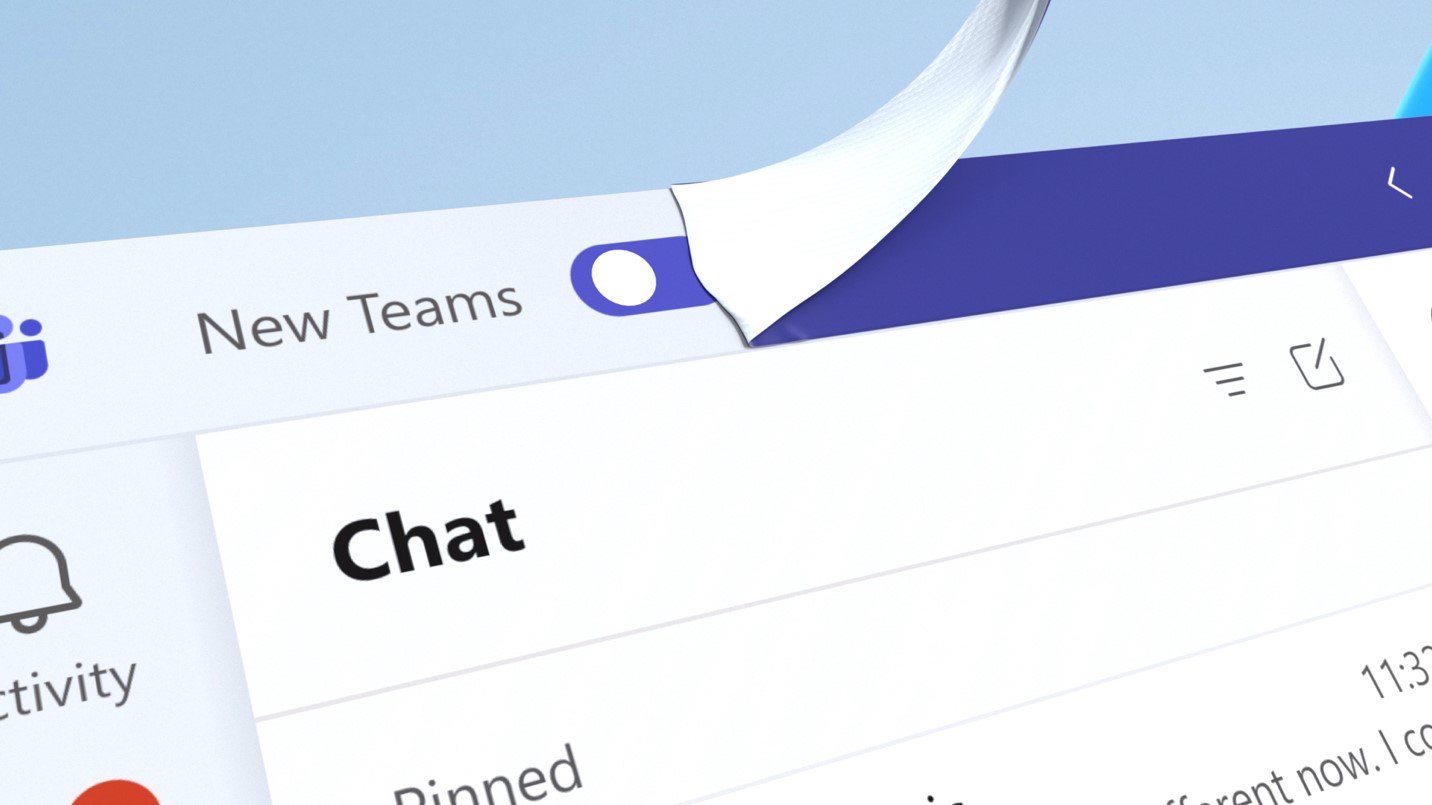
New feature of Microsoft team
- Fluent UI: Fluent UI is a design system used by Microsoft Teams new update to ensure a consistent and visually appealing user interface across different platforms and devices. It focuses on modern, user-friendly design principles and improves the overall user experience by making the app more intuitive and accessible.
- React: Microsoft Teams incorporates React, a JavaScript library for building user interfaces. React helps in creating dynamic and responsive UI components within Teams, making it easier for developers to build and maintain interactive elements in the application.
- Client Data Layer: The Client Data Layer is a foundational architectural improvement in Teams. It provides a unified data model and API for accessing and manipulating data within the application. This simplifies development and ensures consistent data handling throughout the platform.
- WebView2: WebView2 is a web content control used within Teams to display web-based content. It offers enhanced performance and compatibility, allowing for seamless integration of web apps and services within the Microsoft Teams new update interface.
- Rearchitected Video Rendering Pipeline: This enhancement optimizes the way video is processed and displayed in Microsoft Teams new update. It results in improved video quality, reduced latency, and a smoother video conferencing experience.
- Large Scale Meetings: Microsoft Teams new update has improved its support for large-scale meetings, accommodating a greater number of participants in a single meeting or webinar. This is crucial for organizations conducting company-wide presentations or virtual events.
- Multi-Account / Multi-Tenant: This feature allows users to switch between multiple accounts or tenants within the Teams app, making it more convenient for individuals who work across different organizations or have various roles.
- Streamline App Installation (MSIX): The use of MSIX technology simplifies the installation and management of Teams apps. It offers a more efficient and secure way to package and deploy applications within the Teams ecosystem.
- Harden Security: Microsoft Teams continually enhances its security features to protect user data and communications. This includes encryption, data loss prevention, and advanced threat protection to ensure a secure collaboration environment.
- Get what you need: This feature is focused on improving search and discovery within Teams. It helps users find files, messages, and information more easily, streamlining productivity by ensuring quick access to relevant content.
- Moving from Polling to Push Notifications: Teams has transitioned from polling mechanisms to push notifications, which reduces unnecessary data consumption and provides real-time updates, ensuring that users are promptly informed about important events and messages.
- Optimize Memory: Teams have worked on memory optimization to reduce resource consumption, making the application run more smoothly and efficiently on various devices, including those with limited memory.
- Expand Performance Infrastructure and Tooling: This initiative involves enhancing the underlying infrastructure and developer tools to improve the overall performance and stability of Microsoft Teams, resulting in a more reliable user experience.
- Embrace Open Source: Microsoft Teams has embraced open-source technologies, contributing to and benefiting from the open-source community. This fosters innovation and allows for faster development and feature integration.
- Accessibility: Microsoft Teams is committed to accessibility, ensuring that the application is usable by individuals with disabilities. It provides features like screen readers, keyboard navigation, and other accessibility enhancements to make the platform inclusive for all users.
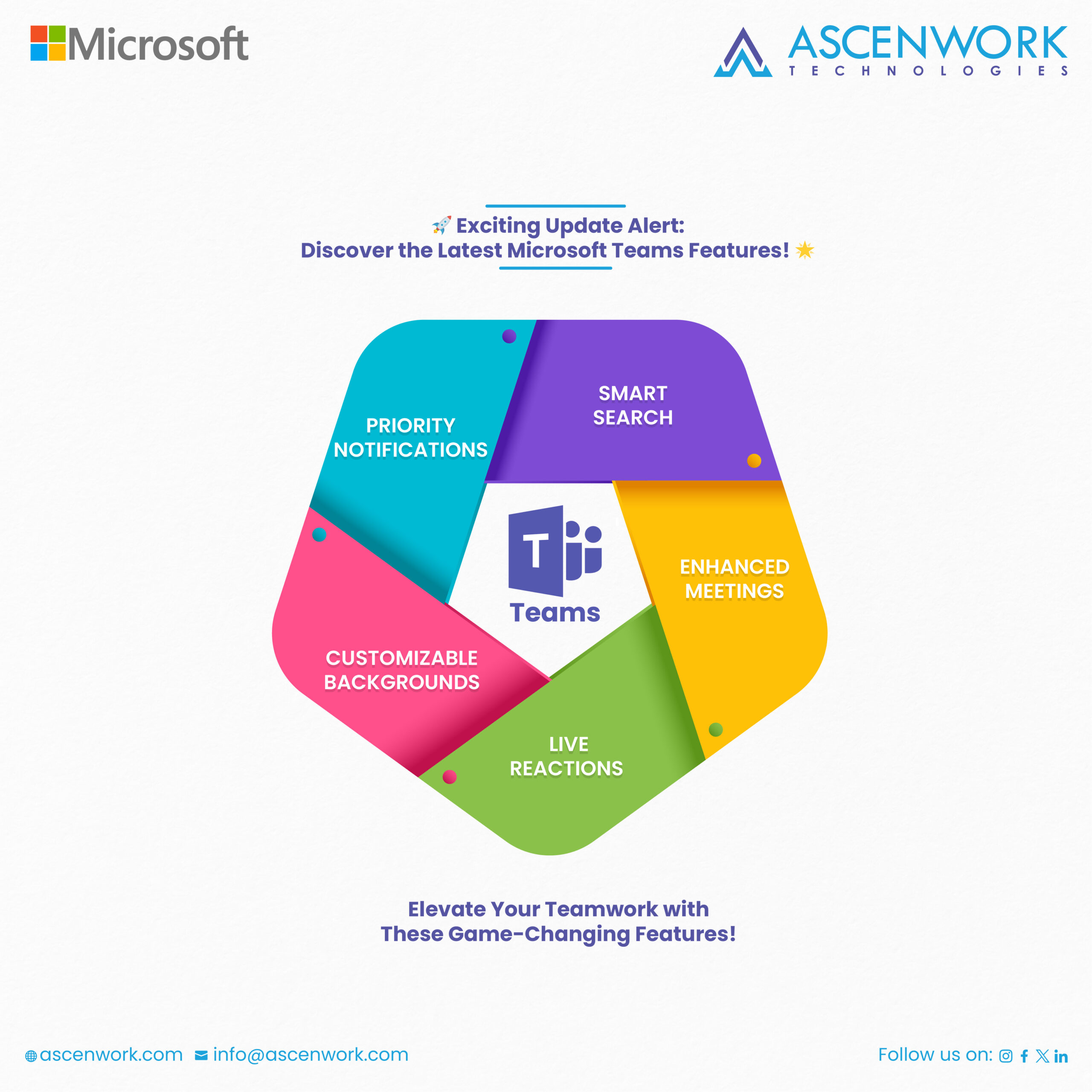
New Team Desktop Architecture
- Performance Enhancement: One common goal of architectural updates is to enhance the overall performance of the application. This may involve optimizing code, reducing resource usage, and improving the responsiveness of the software.
- Scalability: In the context of Microsoft Teams, scalability is essential to accommodate a growing user base and increased usage. Architectural changes may focus on making the application more scalable to support larger organizations and more extensive collaboration.
- Security Enhancements: Architectural updates often include improvements to security measures, ensuring that user data and communications remain secure. This can involve implementing advanced encryption methods and strengthening security protocols.
- Reliability and Redundancy: Ensuring high availability and reliability is crucial for collaboration tools like Microsoft Teams. The architecture may be updated to include redundancy and failover mechanisms to minimize downtime.
- Cross-Platform Compatibility: Microsoft Teams is available on various platforms, including Windows, macOS, iOS, Android, and the web. Architectural changes may aim to ensure consistent functionality and user experiences across these platforms.
- Resource Efficiency: Reducing the application’s resource footprint is essential, particularly for users with limited hardware capabilities. Architectural updates may focus on optimizing memory and CPU usage to make Teams run smoothly on a wide range of devices.
- Integration Capabilities: Improvements in architecture can make it easier to integrate Microsoft Teams with other applications and services, enhancing its utility as a central collaboration hub.
- Real-Time Communication: Given the emphasis on video conferencing and real-time communication in Teams, architectural updates may include enhancements to the underlying infrastructure to provide smoother and more reliable audio and video calls.
- Developer-Friendly: An updated architecture may offer improved tools and APIs for developers to create and integrate custom applications and features within Microsoft Teams, promoting an ecosystem of third-party apps and integrations.
- User Experience: Architectural changes can be made to enhance the user interface, making it more intuitive, responsive, and visually appealing.
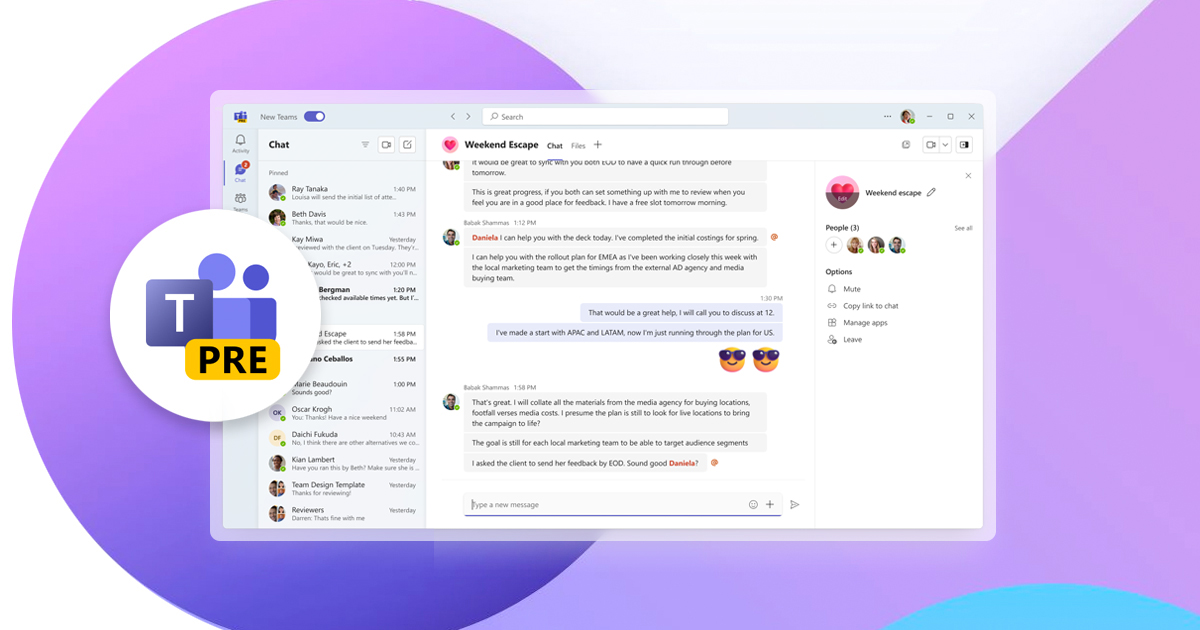
Benefits of new Microsoft teams
- Streamlined Collaboration: Microsoft Teams provides a centralized platform for team communication and collaboration, bringing together chat, video meetings, file sharing, and integration with Microsoft 365 apps like Word, Excel, and PowerPoint. This streamlines communication and project management.
- Improved Productivity: With real-time collaboration on documents, calendars, and tasks, Teams help teams work more efficiently. Features like @mentions and message threading make it easy to stay organized and respond promptly to important messages.
- Enhanced Communication: Teams offer a range of communication options, including text chat, voice calls, video meetings, and even webinars. This flexibility allows for effective communication regardless of team size or location.
- Integration Capabilities: Teams integrate seamlessly with other Microsoft 365 apps and a wide array of third-party applications, allowing users to bring their favorite tools directly into the Teams interface for a unified experience.
- Security and Compliance: Microsoft prioritizes security in Teams, offering features like end-to-end encryption, data loss prevention, and multi-factor authentication. Compliance features make Teams suitable for industries with strict regulatory requirements.
- Remote and Hybrid Work: Teams are well-suited for remote and hybrid work environments, facilitating communication and collaboration among distributed teams. It offers mobile apps for on-the-go productivity.
- Large Meetings and Webinars: Teams have the capability to host large-scale meetings and webinars, making it suitable for company-wide presentations, training sessions, and virtual events.
- Customization: Teams allow users to create and customize channels, tabs, and apps to suit their specific needs. This flexibility makes it adaptable for a wide range of use cases.
- Search and Discovery: Robust search capabilities in Teams help users find messages, files, and information quickly, reducing the time spent looking for information.
- Guest Access: Teams support guest access, enabling collaboration with external partners and clients in a secure and controlled environment.
- Live Reactions and Polls: Features like live reactions and polls add engagement and interactivity to meetings, making them more productive and enjoyable.
- Access Control: Teams provide granular access control settings, allowing administrators to manage user permissions and control who can access certain channels and content.
- Analytics and Insights: Teams offer built-in analytics and reporting tools that provide valuable insights into usage patterns, helping organizations make data-driven decisions.
- Accessibility: Microsoft is committed to making Teams accessible to all users, with features such as screen readers, keyboard shortcuts, and support for various assistive technologies.
- Cost-Efficient: For organizations already using Microsoft 365, Teams is often a cost-effective choice, as it’s included in many Microsoft 365 subscription plans.
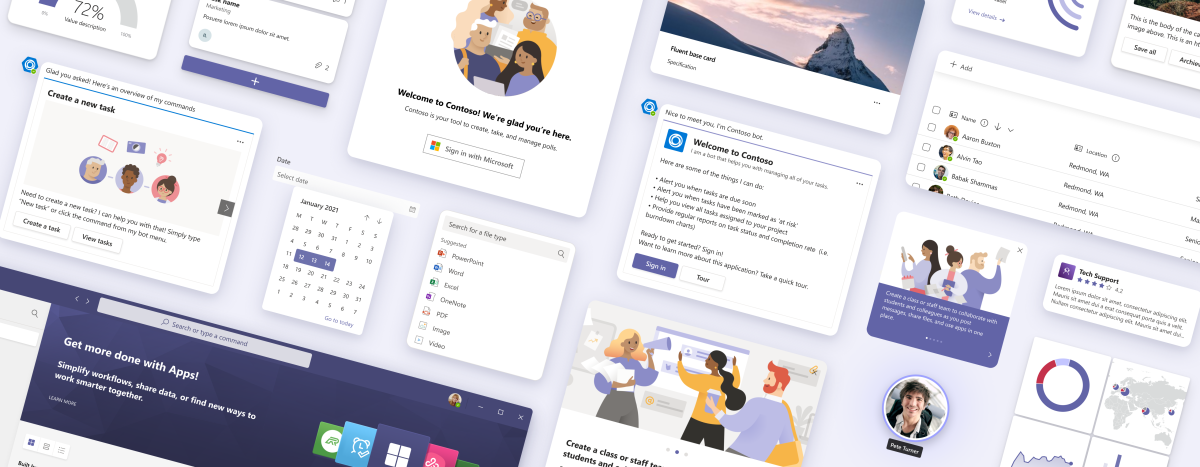
- A new, redesigned desktop client that is faster and more efficient. The new client has a more modern look and feel, and it includes a number of performance improvements that make it feel snappier and more responsive.
- The ability to chat with yourself, which can be helpful for taking notes or brainstorming ideas. This feature can be accessed by opening a new chat window and typing in your own name.
- The ability to annotate together in a Teams meeting, which can be used for collaborative design or presentations. This feature allows multiple people to draw on the same screen during a meeting, which can be helpful for brainstorming ideas or explaining concepts.
- Live transcription and CART captions now available for Teams on the web. This feature allows users to view live transcriptions and CART captions of meetings that are held on the web. This can be helpful for people who are hard of hearing or who need to follow along with the meeting in a different language.
- Intelligent meeting recap, which provides AI-powered insights from past meetings. This feature automatically generates notes, meeting highlights, and action items from past meetings. This can help users to stay organized and to track the progress of their projects.
- Performance improvements: The new Teams is 2x faster while using 50 percent fewer resources. This means that you can launch and join meetings faster, and you’ll have less lag and buffering when you’re using video and audio.
- New file experience: The new file experience makes it easier to find, access, and work with files in Teams. You can now see rich previews of files, create data views, and work with metadata.
- Power BI tab: The new Power BI tab makes it easy to view and interact with Power BI reports in Teams. You can also create and edit reports directly from Teams.
- Spatial audio: Spatial audio brings a next-generation immersive soundscape to Teams meetings. This makes it feel like you’re in the same room as the other participants, even if you’re miles apart.
- Compact chat: Compact chat hides message previews and only shows names of groups or individuals you’re chatting with. This can help you see more of your chat list at once.
- New reactions: The new reactions include a variety of fun and expressive emojis that you can use to react to messages in Teams.
- Together mode: Together mode places all participants in a virtual space, so it feels like you’re all sitting together in the same room. This is great for brainstorming sessions and team meetings.
- Live captions: Live captions provide real-time transcriptions of meetings and calls. This is helpful for people who are hard of hearing or who need to follow along in a language other than their own.
- Spatial audio in meetings: This feature uses your device’s speakers to create a more immersive soundscape in meetings, making it feel like you’re in the same room as the other participants.
- New Together mode features: These features make Together mode even more flexible and customizable, so you can create the perfect space for your meeting or event.
- Improved live captions: Live captions are now more accurate and easier to read, making them a more accessible option for people who are hard of hearing or who need to follow along in a language other than their own.
- New ways to collaborate on files: You can now easily collaborate on files in Teams, even if they’re stored in other locations like OneDrive or SharePoint.
- New tools for remote work: Microsoft Teams new update are constantly adding new features to make it easier to work remotely, such as the ability to record meetings and share your screen.
- Feature Relevance: Assess whether the new features align with your organization’s communication and collaboration requirements. Some updates may introduce features that are particularly valuable to your team, such as enhanced video conferencing, integration with other tools, or security improvements.
- Efficiency: Evaluate if the new features will streamline your organization’s workflows and make tasks more efficient. For example, updates that improve file sharing, task management, or project tracking can be highly beneficial.
- Security: Check if the update includes security enhancements that align with your organization’s data protection and compliance requirements. This is especially important if your organization deals with sensitive information.
- Integration: Consider whether the update improves integration with other tools or platforms your organization uses. Seamless integration can enhance productivity and collaboration.
- User Feedback: Gather input from your team members to understand their needs and preferences. Their feedback can help determine whether the new update will be well-received and useful.
- Training and Adoption: Assess the ease of adoption and any potential training requirements for your team. Sometimes, updates introduce changes that may require users to learn new features or functionalities.
- Bug Fixes and Stability: Check if the update addresses any existing issues or bugs that have been affecting your organization’s usage of Teams. Improved stability can lead to a better user experience.
- Cost-Benefit Analysis: Evaluate the cost implications of the update, including any licensing or subscription changes, and weigh them against the expected benefits and improvements.
- Roadmap Alignment: Consider your organization’s long-term strategy and whether the update aligns with your future and goals.